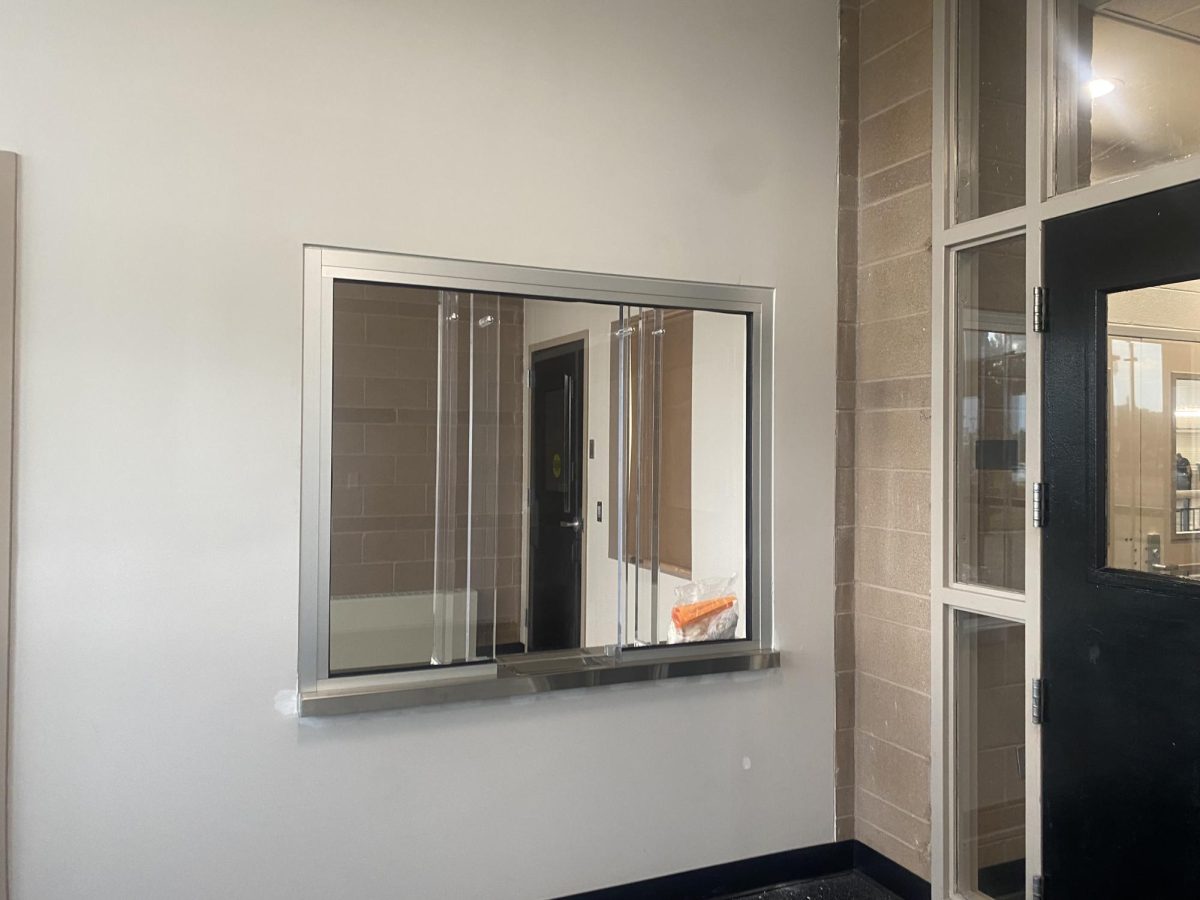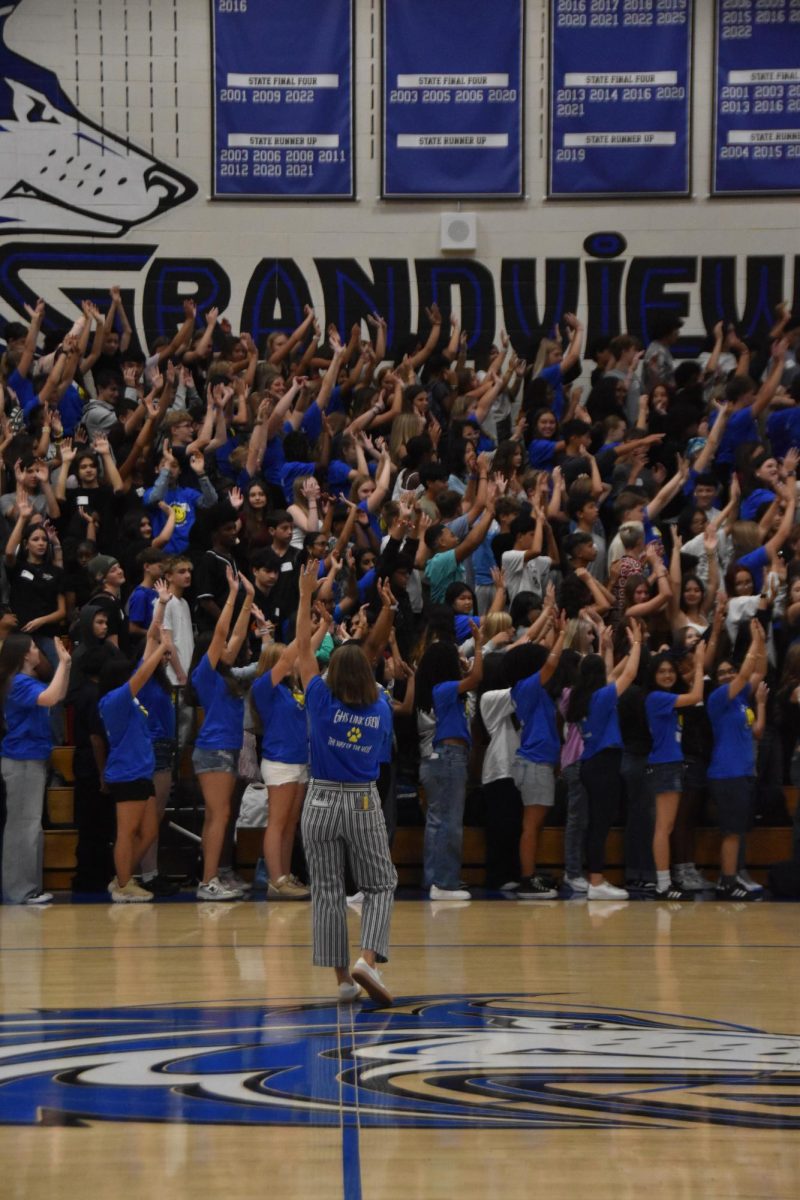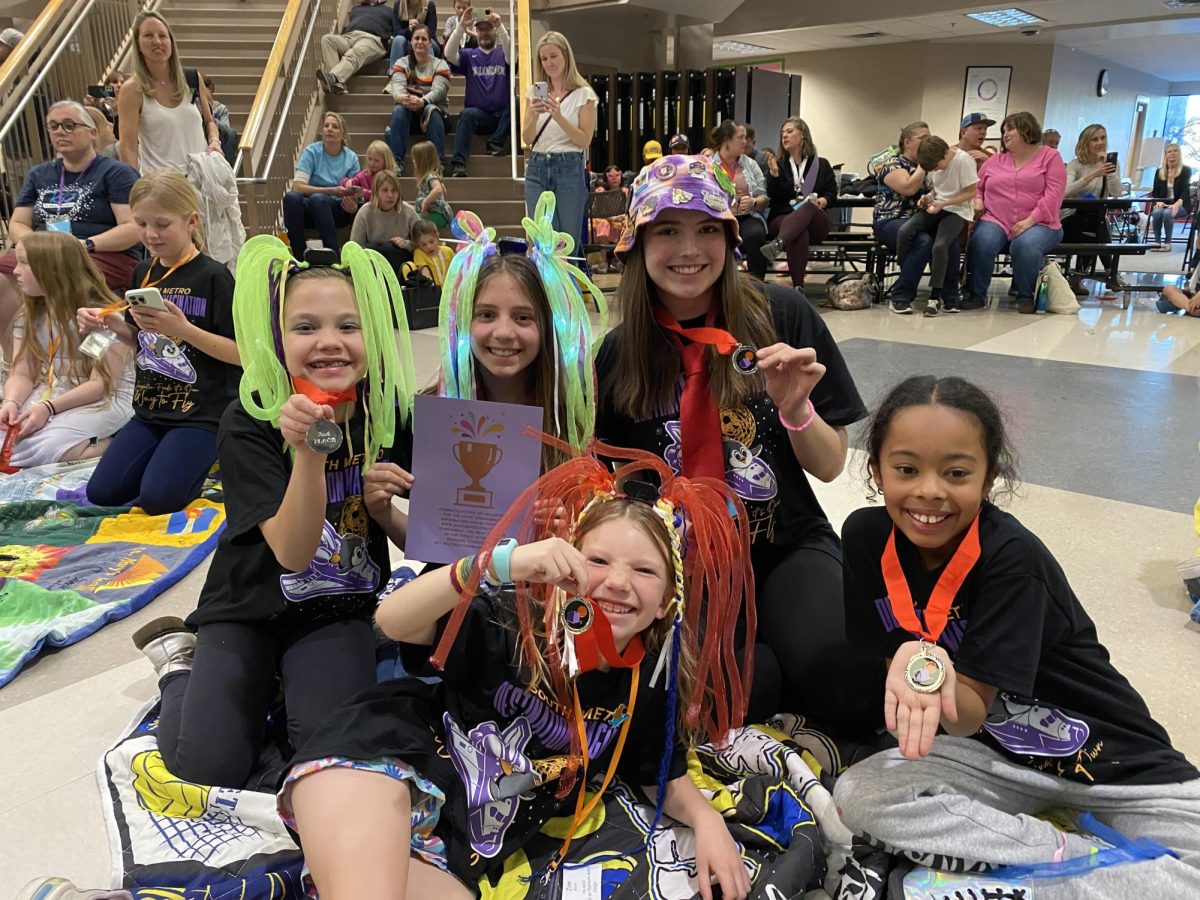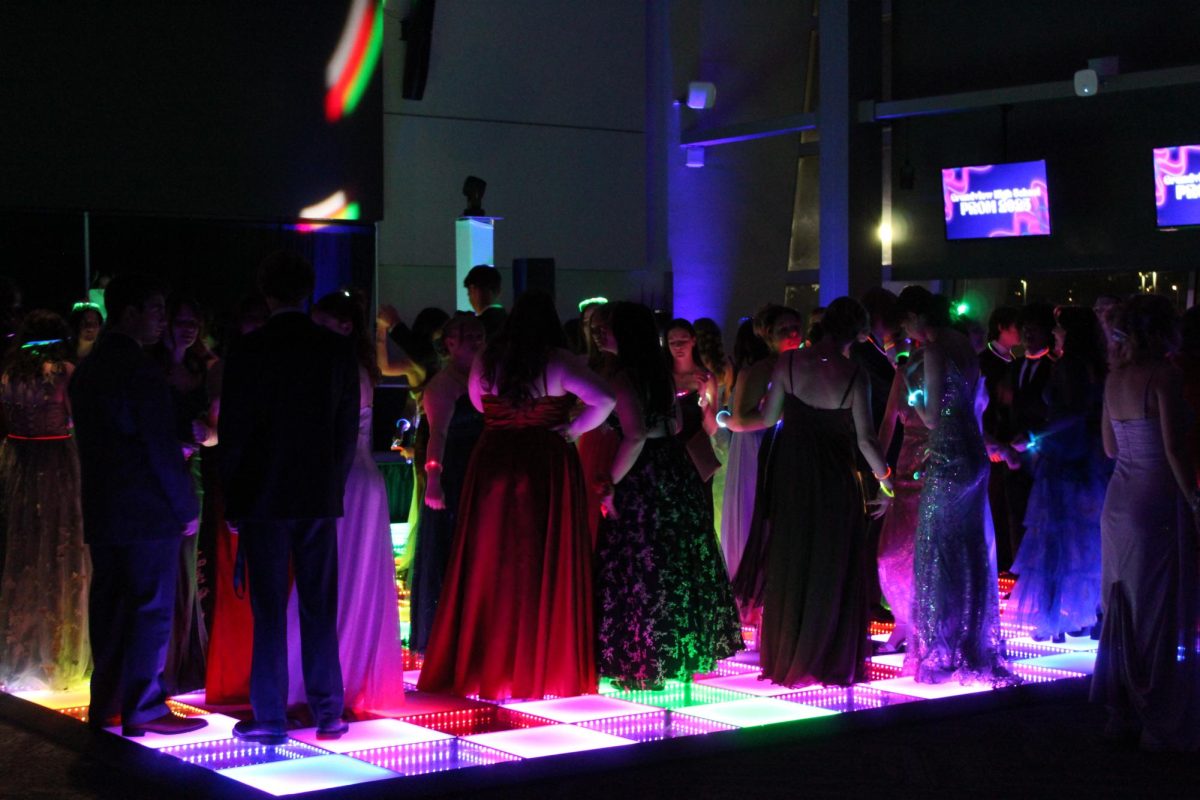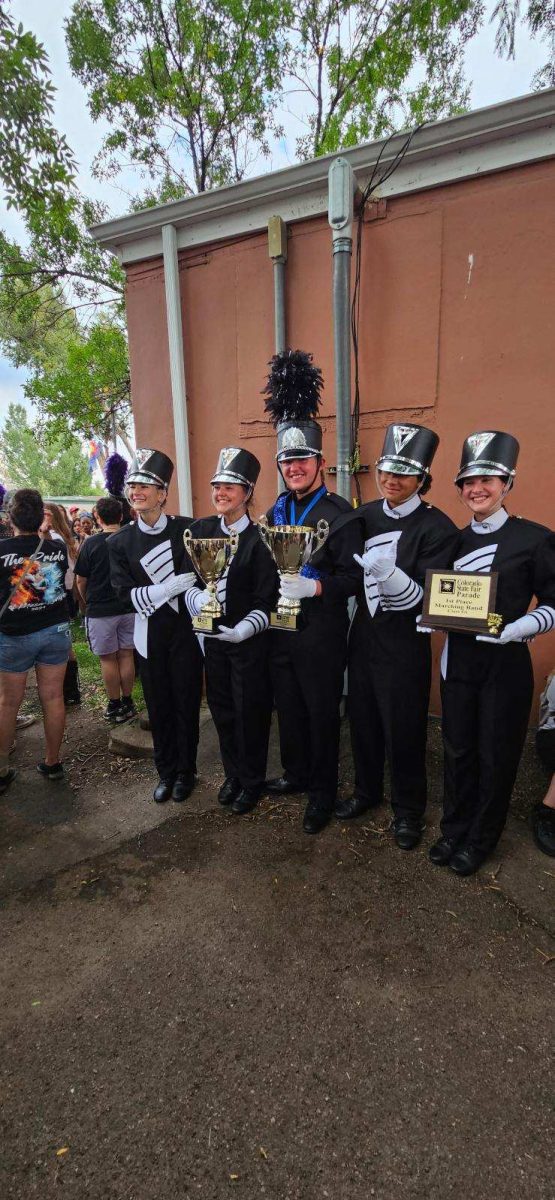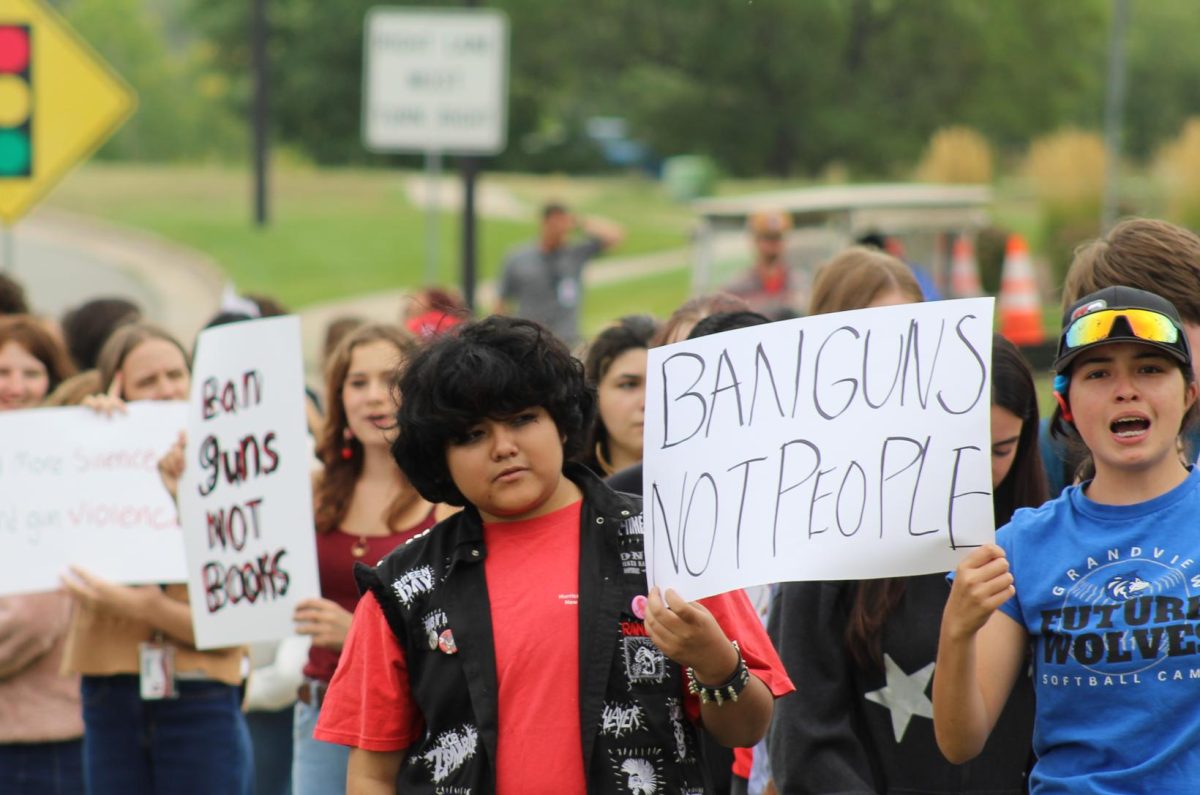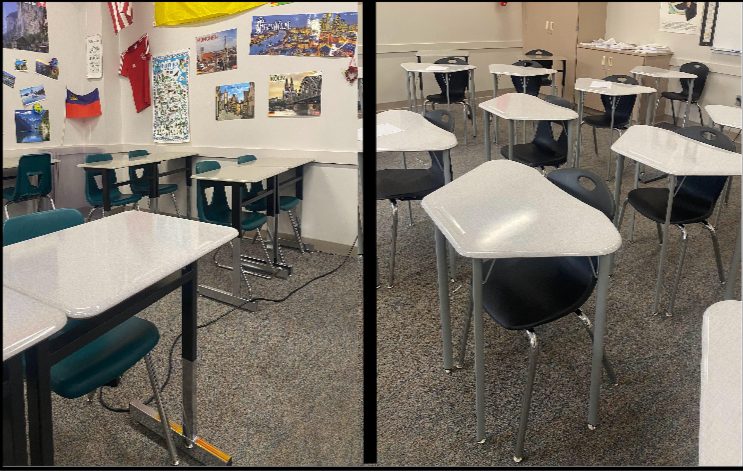你可以获得这个奖项 이 상을받을 수 있습니다.
Vous pouvez obtenir ce prix Você pode obter este prêmio
Sie können diese Auszeichnung erhalten Вы можете получить эту награду
आपको यह पुरस्कार मिल सकता है Puedes conseguir este premio
Puoi ottenere questo premio คุณสามารถรับรางวัลนี้ได้
この賞を受賞することができます يمكنك الحصول على هذه الجائزة
If you can read any of those above without using google translate, then, as the text says, you might be able to qualify for an award new to Grandview.
Although students may have heard about this award in passing, mentioned by counselors or possibly other administrators, it is still unclear to many students what this new opportunity is.
Sophomore Sonia Tahseen is multilingual, as she can speak English, Urdu, Punjabi, and Hindi. She seems like a perfect candidate for this award. However, when asked if she knew about the Seal of Biliteracy, Tahseen responded with a negative.
“No, what is it?” she said, now interested in an opportunity that applied so directly to her skills.
The Seal of Biliteracy is a new award introduced to the Cherry Creek School District in the 2018-2019 school year. It is designed to reward students who speak English and another language proficiently.
Assistant Principal Dr. Brad Weinhold is excited for this new opportunity for students and believes that it should be a goal for students who may be interested to apply next year.
“The opportunity to recognize students that are bilingual is something that we know is very valuable, and it means a lot to have that skill. It opens a lot of doors for success in the future,” said Dr. Weinhold. “It’s really something that’s open for all students. All students that are here have access to [this award] through the classes that we offer.”
Students who work hard to learn a language in school can earn this award, as taking an AP language class (Spanish, German, French, and Chinese) and passing the test with a 2 or higher is one of the qualifications for this award.
However, if you speak a language other than those offered in school, or already speak one of these languages fluently, then you have another option. Those who take the Assessment of Performance toward Proficiency in Languages (AAPPL) test, which is available in Arabic, Chinese, French, German, Hindi, Italian, Japanese, Korean, Portuguese, Russian, Spanish and Thai, and score an I-4 or higher are also part way there for being eligible for the award.
To be bilingual, you have to prove your proficiency in two languages, so fluency in English is also needed to qualify for this award. There are a couple of ways to prove eligibility in the English portion, including certain scores on the English sections of the ACT and SAT, or scoring a 2 or higher in an AP English class.
Despite all the new opportunities and excitement that this award can bring to bilingual students, there still may be some issues.
Sophomore Sonia Tahseen believes that the list of languages is a good start, but does have some critique for the list of languages that are eligible for the award.
“It should be expanded! There are more languages than that around the world,” said Tahseen, recognizing that even if she speaks Hindi, which is one of the languages included on the list of 12, there are many other students at Grandview who speak other less-common foreign languages, like some of the others she speaks.
Sophomore Namchinkhand Erdeneayar speaks a language that hasn’t been included on the eligible list of languages for this award.
“I was born in Mongolia, and my family speaks Mongolian. They taught it to me. I just grew up with it,” said Erdeneayar, and was disappointed to find that Mongolian isn’t included on the list.
Even though her first language isn’t yet recognized by the Seal of Biliteracy, Erdeneayar is still confident she can win the award.
“I’m taking AP French [senior year] anyways,” said Erdeneayar, knowing that she can qualify for the award in French by performing well on the AP exam, showing that a student doesn’t just have to be fluent in a language since they were a child to win this award; they can also learn it.
As Dr. Weinhold says, it is still the first year that this award has been introduced in the district, and there is the possibility of new languages being added in the coming years.
“One thing that you can do as a school is request that the AAPPL add different languages. Another thing would be is another test like the AAPPL that assesses the same skills, but would have more languages,” said Dr. Weinhold.
It may be a possibility in the future to submit a portfolio that shows these skills as well, based on what other districts have been doing with this award.
Dr. Weinhold also mentioned that it should be juniors this year who look into the award, so they can get their transcripts ready to apply for colleges. The last requirement to earn the Seal of Biliteracy is to graduate from high school, so until then, a student who qualifies and applies will get a “Candidate for the Seal of Biliteracy” on their transcript. These are the transcripts that are sent to colleges.
As soon as a student graduates, this stamp will be turned official, as the student will have met all the requirements for the award. Students who are juniors should begin thinking about applying to prepare their transcripts for their senior year.
“It’s just one more thing that gives an applicant some more advantage over another one, to try to get in, to try to get money for a scholarship, that kind of stuff. That’s what we’ve learned about it,” said Dr. Weinhold, explaining why he is encouraging students to apply as soon as they meet requirements.
Overall, the Seal of Biliteracy is a great addition to the awards that students at Grandview can earn, as it gives a nod to both diversity of the student population and also the hard work of students who learn languages and excel at them in school.
If you have any other questions or would like to know more about applying, please check these resources.
Seal of Biliteracy Grandview Page


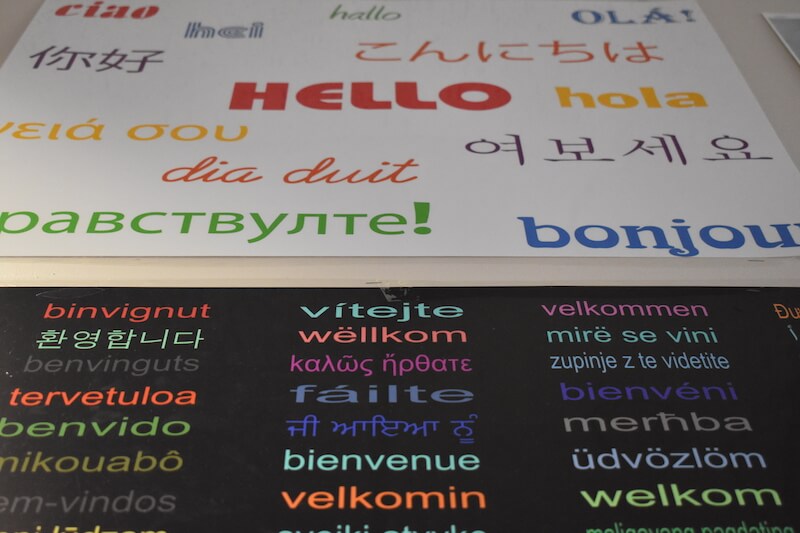
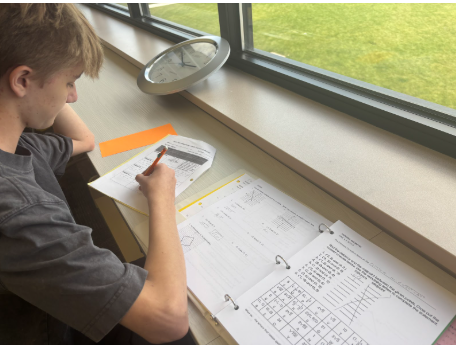
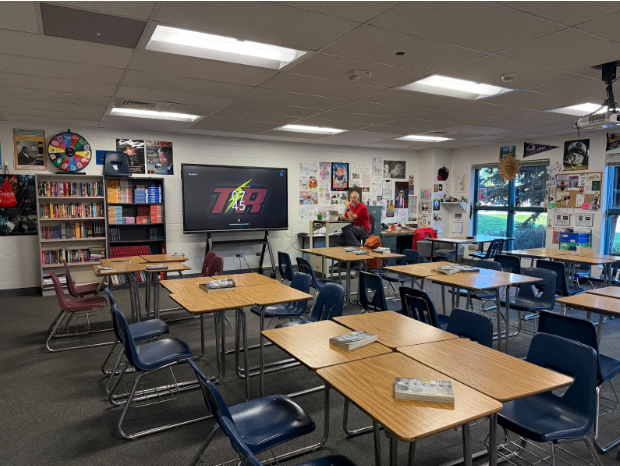


![A Vest Won’t Protect You [OPINION]](https://ghschronicle.com/wp-content/uploads/2025/09/KoltonZuckerVestPosterOffWhite.png)
